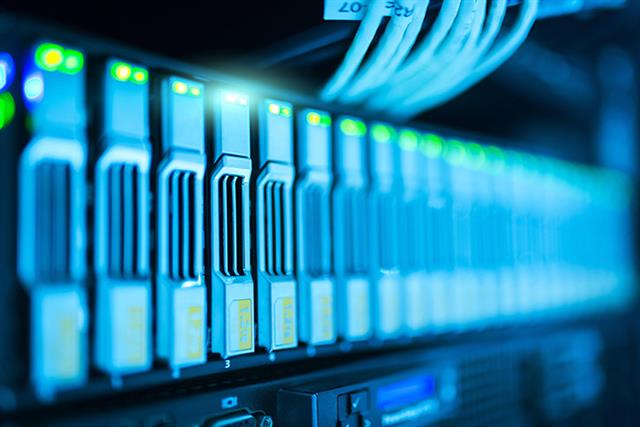
While we would like to think of the internet as a magic technological gateway that keeps us up-to-date on the latest celebrity gossip, sporting events and news, the internet is an advanced system of worldwide computer networks. Let's delve more into the history of internet and how it works.
Once Upon a Time: The History of Internet
The internet was conceived by the Advanced Research Projects Agency, which is part of the US government in 1969. Known initially as ARPANet, the goal was to develop a network that allowed people using research computers at a university to reach out to another research computer at another university. This primitive internet design permitted messages to be routed or rerouted in multiple directions, which meant that if parts of it were destroyed in a natural disaster or military attack, the communication would still function.
Fast forward 50 years later on the history of internet, and the internet is now a public, self-sustaining cooperative that hundreds of millions of people access daily.
So How Does the Internet Work?
The internet uses existing public telecommunication networks. What sets it apart is that it uses a type of protocols known as Transmission Control Protocol/Internet Protocol, or TCP/IP. In more recent technology, the internet features the extranet and the intranet, which also use this TCP/IP protocol.
The internet has two major types of components:
- Network protocols, which include the TCP/IP suite, work behind the scenes to create sets of rules that devices must comply with to complete specific tasks. Without these “rules,” devices and machines could not communicate with one another.
- Hardware, which includes computers and smartphones and anything that is used to access the internet. This may also include radios, routers, servers, cell phone towers and satellites. Hardware is used to connect to the internet, which allows the information that is stored on servers to be accessed.
When you transfer information or data from one device to another, this is known as packet switching. Each computer or device that is connected to the internet uses a unique IP address, allowing the device to be recognized. Data is then sent via the internet in manageable packets, which are assigned port numbers that connect with a final endpoint, or server.
Now that you have a basic understanding, let's break it down even further.
- Your device registers its specific IP address.
- When you type a website into your browser, your browser needs to know somehow that the URL means the website’s IP address (which is numbers), so it looks up the site to find the IP address. It’s similar to how a phonebook worked back in the day. You would look up the last name to find the phone number.
- Once the IP address is located, the browser then connects to the site by opening up a socket connection.
- Now that both the browser and server have a connection, a series of TCP/IP rules and HTTP(s) protocols are followed.
- So basically, you’re making a broad request for data, but to successfully get the data, it’s broken up into pieces so it can easily travel the internet highway and roadways. Once all the packets arrive at the IP destination, they’re put together to form a single, large picture.
- Routers are present along the way in the step mentioned above, and they’re like police, directing these packets of data, making sure that they arrive at their final destination.
- And that’s it! Once the packets are received, they are reassembled in CSS, HTML or JavaScript format, and the site you requested is what is on the screen. Typically, this data is all exchanged so fast, such as with high-speed plans, that we can blink our eyes, and the website is present on the page.
